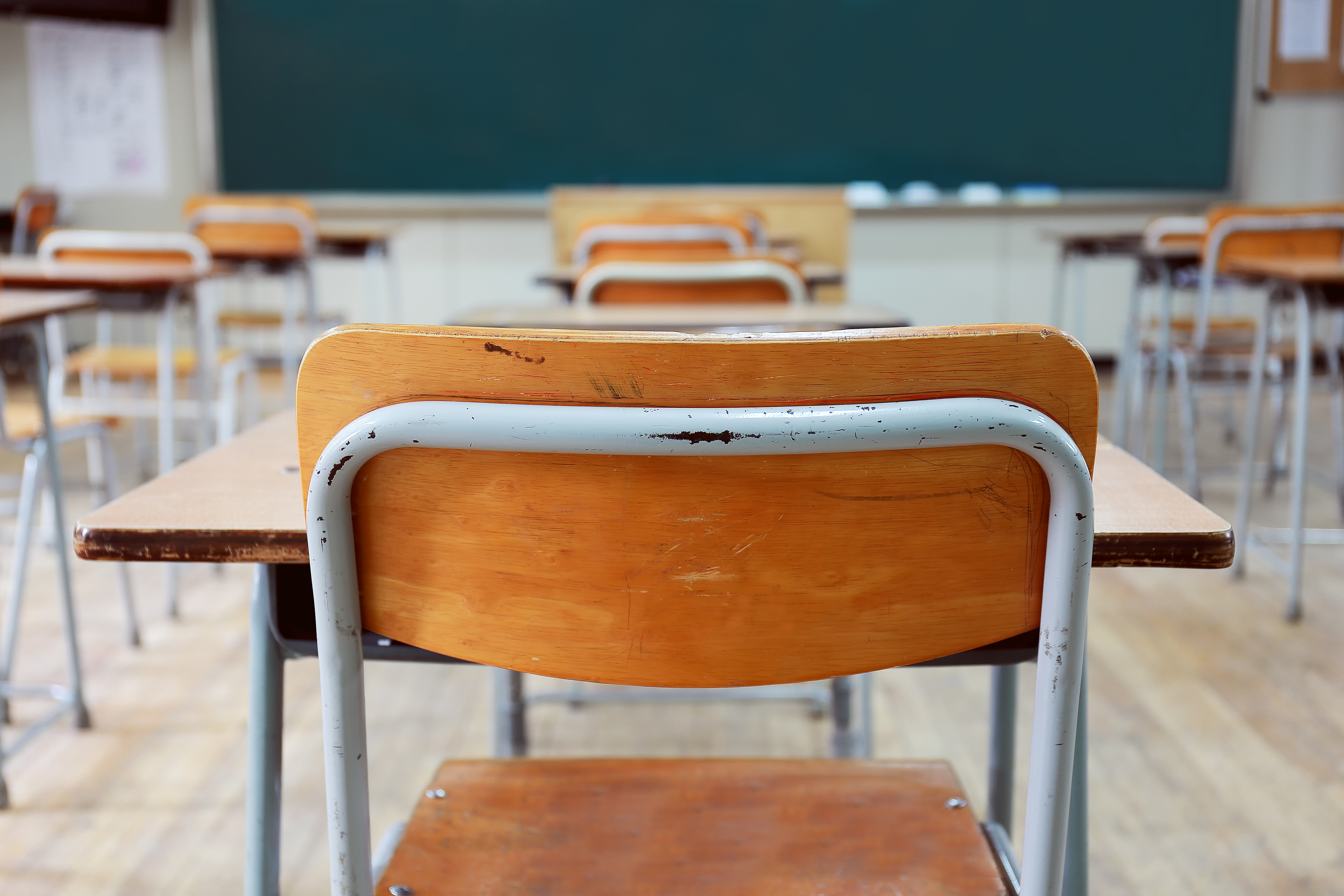
EACH additional support needs (ASN) teacher in Scotland supports an average of 55 pupils, according to new figures.
Analysis by the Scottish Greens shows the ratio of the specialist teachers to pupils has trebled since 2010 when each teacher was responsible for 18 pupils on average.
The ratio is at its worst level since new laws ensuring support came in 2010, through a combination of falling teacher numbers and a vast increase in students with additional needs.
The party’s education spokesman Ross Greer said this means additional needs pupils are “not receiving the support they need”.
Latest figures from Education Secretary John Swinney in response to Green questions show ASN teacher numbers fell to 3,358 in 2017, the fifth annual drop in a row.
In the same period, pupils with additional needs have increased by more than 65,000 to 183,491.
The number of ASN teachers is down by more than 500 from 2010 and has fallen by 101 from 2016.
Mr Greer said: “Pupils with additional needs are not receiving the support they need to succeed at school because the staff required simply are not there.
“The Scottish Government needs to get to grips with this failure and increase funding to our schools.
“It is completely unacceptable to see the number of specialist additional support needs teachers decline year-on-year while the number of pupils being identified with additional needs increases.
“Losing over a hundred full-time-equivalent staff in the last year is a disaster.”
He called on the government to “transform” the funding given to local councils, so they can address the issue.

Enjoy the convenience of having The Sunday Post delivered as a digital ePaper straight to your smartphone, tablet or computer.
Subscribe for only £5.49 a month and enjoy all the benefits of the printed paper as a digital replica.
Subscribe